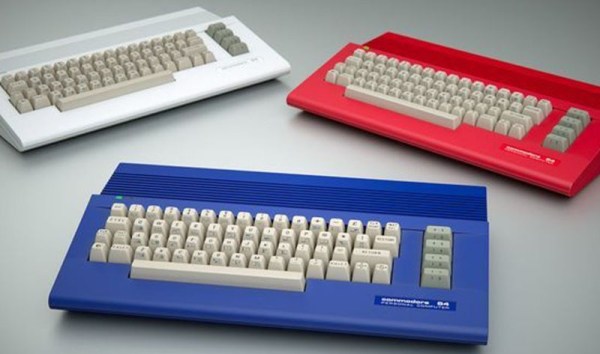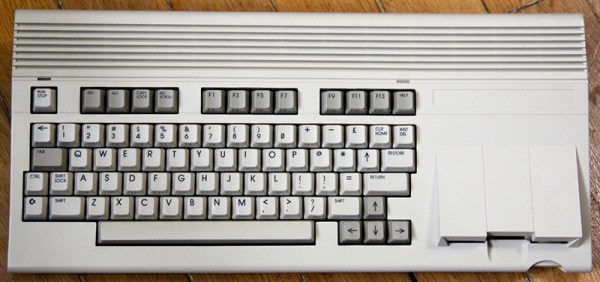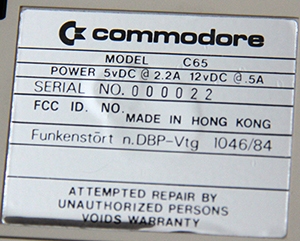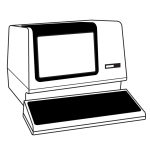[Fran] and [Bil] are back again for the first Dinosaur Den of 2015. Highlights of this edition include a surprisingly young tri-power supply and Nixie display cards from 1965.
The game of Go has been turned into a sequencer. That’s a project from [Kristian Gohlke] and [Michael Hlatky]. It’s an industrial camera placed above a Go board, and some computer vision algorithms to detect stones on the board. There’s a 16×16 section to create drum patterns (black stones) or synth notes (white stones). Below that there’s a 16×3 grid for the bass notes, two 3×8 grids to control filters and effects, and a 3×3 grid to play percussive loops.
HOW TO REMOVE A GPS ANKLE MONITOR. We had to get the SEO right on this one. Here’s how you can ditch your probation officer for a weekend. Great news: his parents used their house for bail, now an entire family is homeless. Lesson learned: use a burner phone and call forwarding until you’re out of the country.
The Computer History Museum is doing a great series of interviews, and this one is with [Bob Dobkin], former director at National Semiconductor, and co-founder of Linear. Analog design isn’t wizardry, you just need a decade of experience.
[Simon] over at the Hack42 hackerspace finally found the time to repair their old Holborn 9120 terminal – the most space-age terminal ever built. The keyboard is an old Keytronic unit, and the foam underneath the keys had turned to dust. This was replaced with an Ikea mousepad, foam tape, and the foil from a discarded bag of chips. It worked, and they got their terminal to load our retro edition:

If you have some old hardware, try to point it at our retro site, take a picture (or post a writeup) and send it on in.





 The C65 is not a contemporary of the C64, or even our own [Bil Herd]’s C128. This was the Amiga era, and the C65 was intended to be the last great 8-bit machine.
The C65 is not a contemporary of the C64, or even our own [Bil Herd]’s C128. This was the Amiga era, and the C65 was intended to be the last great 8-bit machine.  The Hackaday Retro Edition is our celebration of old computers doing something modern, in most cases loading
The Hackaday Retro Edition is our celebration of old computers doing something modern, in most cases loading 










